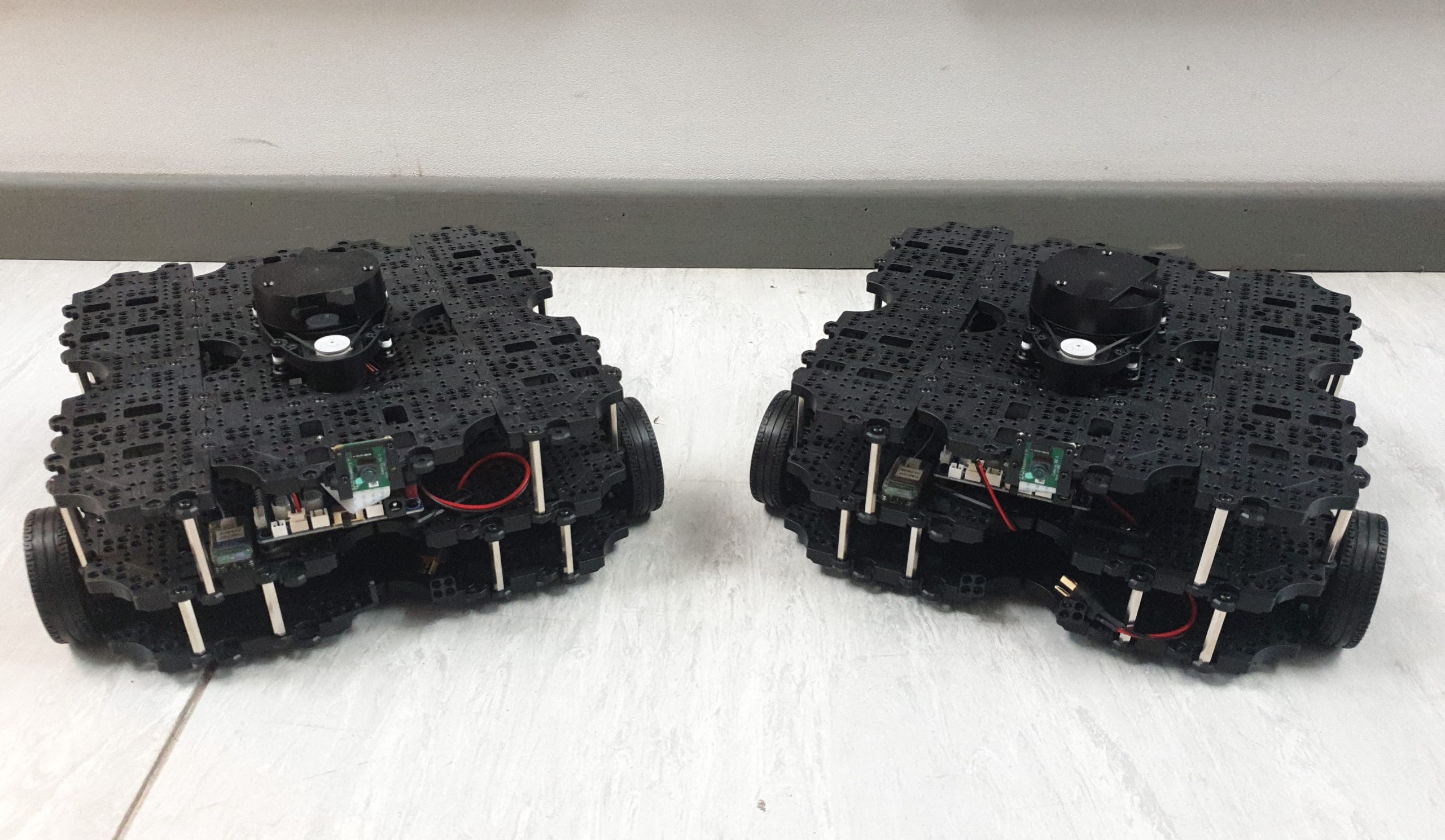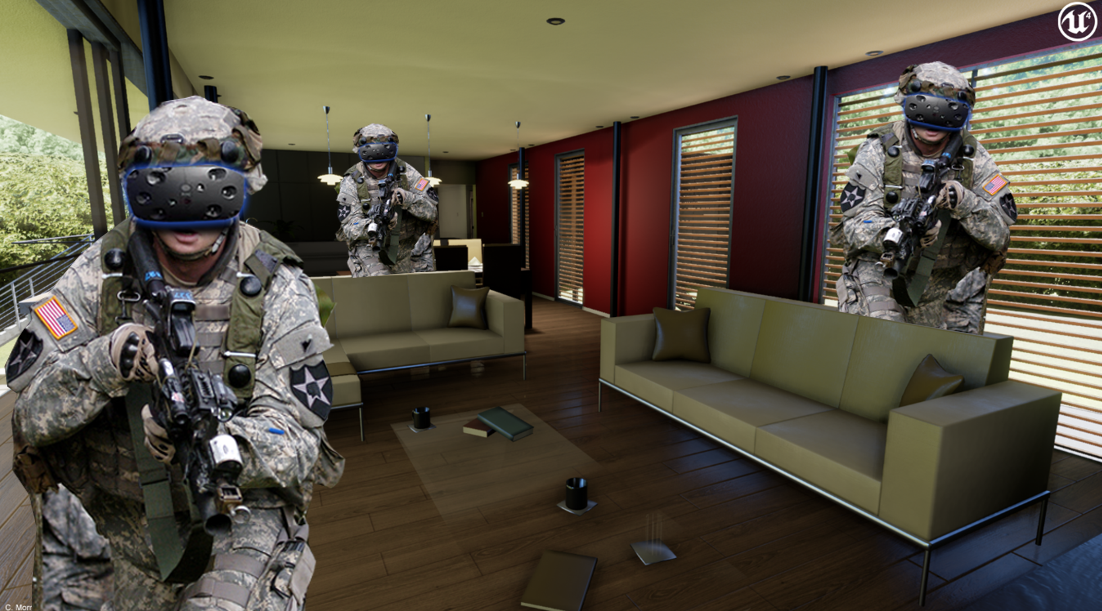This master thesis project was realized by Ben De Schampheleire.
In recent years, the increasing popularity of deep neural networks has provoked a growing demand for large amounts of annotated data. However, generating qualitative and comprehensive annotations is a labor-intensive and time-consuming process. To address this challenge, a potential solution lies in training the neural network within a simulated environment. Nevertheless, manually creating large and detailed environments is not straightforward and sometimes even unfeasible. Consequently, the generation process is often automated to save time. As such, it is crucial to establish a framework and define a set of rules that govern the automation process to guarantee the accurate creation of the desired environment.
This work proposes a pipeline that enables the automatic generation of three-dimensional computer-generated worlds based on geographical data. To narrow down the scope of this vast domain, the research is concentrated on the development of traffic scenes. The open-source platform OpenStreetMap is considered for the extraction of information related to traffic scenarios. This is complemented by satellite imagery from Google in the visual part of the electromagnetic spectrum. Both sources of geographical data are then combined in order to perform a semantic segmentation of the road network. This segmentation aims to precisely identify the location of roads for a seamless integration into the three-dimensional environment. In addition to the road network, the realism of the environment is enhanced by automatically integrating various objects. The satellite imagery is subjected to a detection of vehicles, which are directly integrated into the environment. Furthermore, multiple points of interest identified in OpenStreetMap are accurately positioned with respect to the segmented road network. Evaluation is performed by comparing automatically positioned points of interest with manual annotations and reveals the importance of combining the two sources of geographical data. Ultimately, the pipeline successfully generates a virtual traffic scene by considering the segmented road network, the detected vehicles, and the positioned points of interest. The resulting environment has a vast potential for various applications.


